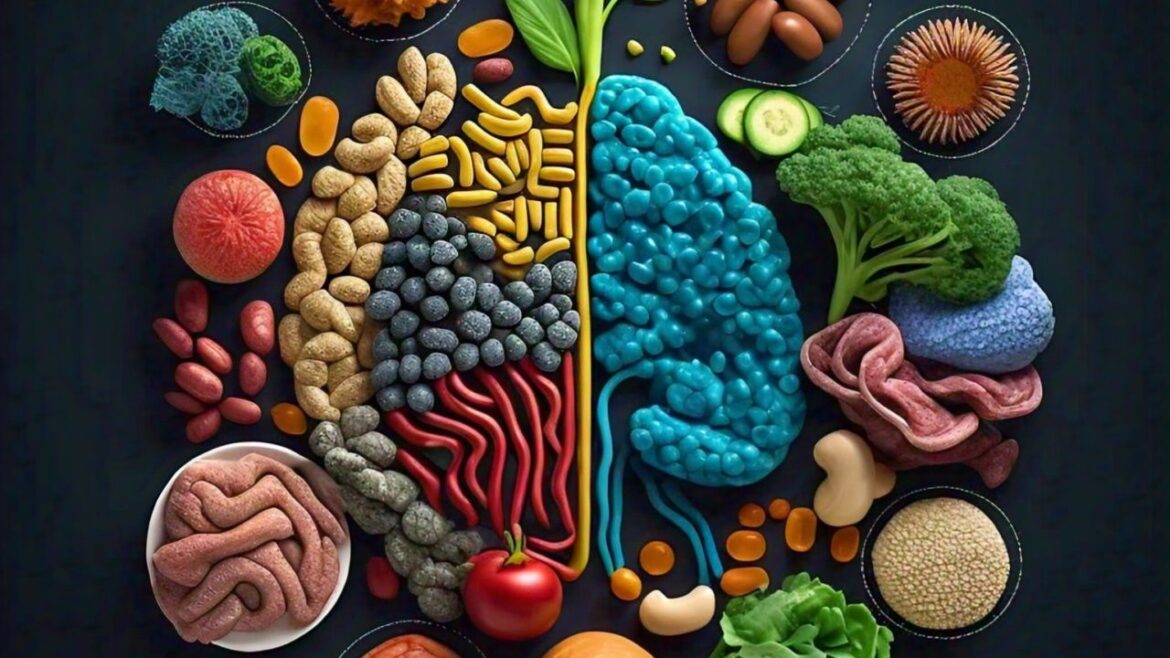Nourishing Sexual Health: Foods that Combat Sexual Disorders
https://icdrc.org/wp-content/uploads/2024/07/0d7j6l_sexual-health-diet_625x300_14_March_23-1024x630.webp 1024 630 admin admin https://secure.gravatar.com/avatar/693ccb227eb6527287caaa4e9eb13c6e?s=96&d=mm&r=gSexual health is a crucial aspect of overall well-being, yet it’s often neglected in discussions about diet and lifestyle. While many factors influence sexual health, including psychological, hormonal, and lifestyle factors, nutrition plays a significant role. Incorporating certain foods into your diet can help improve sexual function, libido, and overall sexual health. Here’s a comprehensive look at the best foods to help combat sexual disorders and promote a healthy sex life.
Introduction:
Sexual health is an integral part of overall health and well-being. It encompasses the physical, emotional, mental, and social aspects of sexual well-being. However, sexual disorders such as erectile dysfunction, low libido, and other sexual dysfunctions can significantly impact one’s quality of life. While various treatments are available, dietary changes can provide a natural and effective way to improve sexual Health.
Understanding Sexual Health:
To appreciate how diet affects sexual health, it’s essential to understand the underlying mechanisms. Sexual health involves a complex interplay of hormones, blood flow, and psychological factors. A balanced diet can support these functions by providing essential nutrients, improving blood circulation, and boosting mood and energy levels.
The Role of Nutrients in Sexual Health
Certain nutrients play pivotal roles in maintaining and enhancing sexual health. These include:
- Zinc: Essential for testosterone production and sperm health.
- Magnesium: Helps with muscle relaxation and blood flow.
- Vitamin E: Known for its role in hormone regulation and antioxidant properties.
- Omega-3 Fatty Acids: Improve cardiovascular health and blood flow.
- Antioxidants: Combat oxidative stress and improve overall health.
With these nutrients in mind, let’s explore specific foods that can help improve sexual health.
1. Oysters
Benefits: Oysters are renowned for their aphrodisiac properties, primarily due to their high zinc content. Zinc is crucial for testosterone production and the maintenance of healthy sperm, which can enhance libido and sexual performance.
Recipe Idea: Grilled Oysters with Lemon and Garlic. Simply grill oysters with a splash of lemon juice and a sprinkle of garlic for a tasty and libido-boosting appetizer.
Transitioning to another nutrient-rich food, let’s consider the benefits of dark chocolate.
2. Dark Chocolate
Benefits: Dark chocolate increases serotonin and dopamine levels in the brain, which can reduce stress and improve mood. These changes can lead to enhanced sexual desire and pleasure. Additionally, dark chocolate contains flavonoids, which improve blood flow and cardiovascular health.
Recipe Idea: Dark Chocolate Fondue with Fresh Berries. Melt dark chocolate and dip strawberries, raspberries, and blueberries for a delightful and romantic dessert.
Now, moving on to another powerful food group, nuts and seeds offer a variety of benefits.
3. Nuts and Seeds
Benefits: Almonds, walnuts, and pumpkin seeds are packed with essential nutrients such as omega-3 fatty acids, which improve blood flow and cardiovascular health. Improved blood flow is critical for sexual function. Moreover, nuts and seeds are rich in arginine, an amino acid that boosts nitric oxide levels in the body, enhancing blood flow to sexual organs.
Recipe Idea: Mixed Nuts and Seeds Trail Mix. Combine your favorite nuts and seeds with a bit of dark chocolate and dried fruit for a healthy, libido-boosting snack.
Transitioning to fruits, let’s examine the benefits of avocados.
4. Avocados
Benefits: Rich in healthy fats, potassium, and vitamin B6, avocados support cardiovascular health and boost energy levels. They also help regulate hormones, contributing to increased libido. Avocados are also a great source of folic acid, which aids in the production of energy and endurance.
Recipe Idea: Avocado and Tomato Salad. Slice avocados and tomatoes, then drizzle with olive oil and a sprinkle of sea salt for a refreshing and nutritious salad.
Next, let’s explore how leafy greens can contribute to sexual health.
5. Leafy Greens
Benefits: Spinach, kale, and other leafy greens are high in magnesium, which helps dilate blood vessels and improve blood flow. Improved blood circulation is essential for sexual arousal and performance. These greens are also rich in folate, which aids in the production of histamine, a chemical necessary for sex drive.
Recipe Idea: Spinach and Kale Smoothie. Blend spinach, kale, a banana, and some almond milk for a nutrient-packed smoothie that supports sexual health.
Now, moving on to another fruit, let’s consider the benefits of pomegranates.
6. Pomegranates
Benefits: Pomegranates are rich in antioxidants, which can improve blood flow and protect against oxidative stress. Studies have shown that pomegranate juice can increase testosterone levels, enhance libido, and improve erectile function.
Recipe Idea: Pomegranate and Walnut Salad. Mix pomegranate seeds with walnuts and feta cheese, then drizzle with a balsamic vinaigrette for a delicious and healthy salad.
Transitioning to another type of seafood, let’s look at the benefits of salmon.
7. Salmon
Benefits: Salmon is an excellent source of omega-3 fatty acids, which improve cardiovascular health and blood flow. Additionally, salmon contains vitamin D, which plays a role in hormone regulation and sexual function.
Recipe Idea: Baked Salmon with Herbs. Season salmon fillets with herbs, lemon, and olive oil, then bake until tender for a heart-healthy and delicious main course.
Next, let’s explore the benefits of another common fruit, bananas.
8. Bananas
Benefits: Bananas are rich in potassium, which helps regulate blood pressure and improve blood flow. They also contain bromelain, an enzyme that may increase testosterone levels and improve sexual desire.
Recipe Idea: Banana and Almond Smoothie. Blend bananas with almond milk, a spoonful of honey, and a handful of almonds for a delicious and energizing smoothie.
Transitioning to beverages, let’s consider the benefits of green tea.
9. Green Tea
Benefits: Green tea contains catechins, which improve blood flow and promote heart health. These compounds also boost metabolism and energy levels, contributing to improved sexual performance.
Recipe Idea: Matcha Green Tea Latte. Whisk matcha powder with hot water, then add steamed milk and a touch of honey for a soothing and healthful beverage.
Finally, let’s explore the benefits of a spice, ginger.
10. Ginger
Benefits: Ginger improves blood circulation and has anti-inflammatory properties. It can also enhance libido and sexual function by increasing blood flow to the sexual organs.
Recipe Idea: Ginger Tea. Slice fresh ginger and steep in hot water with a bit of honey and lemon for a warming and invigorating drink.
Conclusion
Incorporating these foods into your diet can significantly improve your sexual health. By focusing on nutrient-dense options that enhance blood flow, boost hormone levels, and support overall well-being, you can naturally address sexual disorders and enjoy a healthier sex life. Remember, sexual health is a vital part of your overall health, and making mindful dietary choices can lead to substantial improvements in your sexual well-being.
By embracing a diet rich in oysters, dark chocolate, nuts and seeds, avocados, leafy greens, pomegranates, salmon, bananas, green tea, and ginger, you can take proactive steps toward nourishing your sexual health. Each of these foods offers unique benefits that collectively contribute to improved sexual function, libido, and overall vitality. So, start incorporating these delicious and nutritious options into your meals today and experience the positive impact on your sexual health and overall well-being.
Learn more about sexual health: https://www.who.int/health-topics/sexual-health









